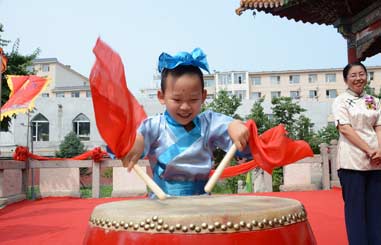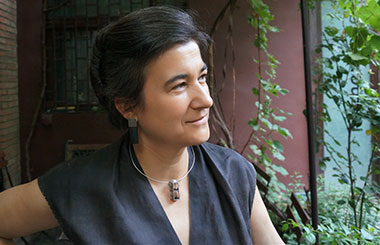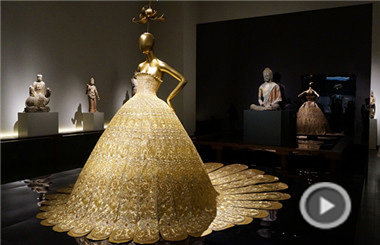Book traces China's rise from Ming era to present day
By Andrew Moody ( China Daily ) Updated: 2016-07-13 07:47:26
 |
|
Jeffrey Wasserstrom talks about the new book in London. Nick J.B. Moore/China Daily |
"They (Oxford) originally suggested doing a history from the beginning of time but I thought that was too daunting a prospect."
Wasserstrom, who wrote the introduction and a chapter dealing with the 1990s, himself selected the authors, which include some of the leading writers on China today, such as Rana Mitter, director of the Dickson Poon University of Oxford China Centre, and Robert Bickers, who specializes in the so-called humiliation period of the late 19th century.
"I gave a list and I also had to convince the authors to do it. I was looking for people who had shown some knack for trade or popular writing."
He believes the first chapter by Dutch social and cultural historian Anne Gerritsen on the late Ming and high Qing period is among the best.
"She was one of those with the least track record for high-profile writing, but I knew she was a beautiful writer. I love all the chapters but I think hers is quite special."
Although the book is chronological, all of the chapters stand alone in their own right and contain interesting analysis of the period they focus on.
"When you are trying to reach the general public, I think the challenge is how you make analytical points but wear the analysis lightly so that the reader feels as though they are just being taken along by an interesting story," he says.
An Oxford history edited by an American stirs a debate as to whether there is a difference of approach between the study of China in the United Kingdom and the United States.
"I think in the US historians who write on China are more fully integrated into history departments whereas here (in the UK) some are part of China studies. It is not a clear divide. Tim Cheek, who does the 1980s chapter in our book, is originally from Australia, educated in the US and teaches in Canada so there is a lot of mobility."
|
|
|
|
|
|
|
|























 Raymond Zhou:
Raymond Zhou: Pauline D Loh:
Pauline D Loh: Hot Pot
Hot Pot Eco China
Eco China China Dream
China Dream China Face
China Face






